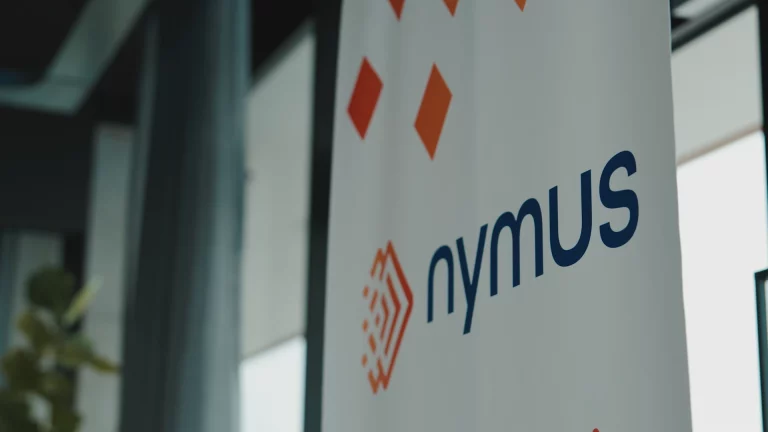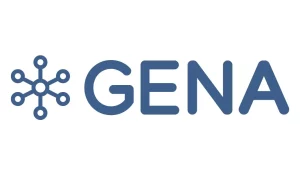On July 8, 2025, the Royal Decree appeared making final the introduction of mandatory structured electronic invoices as of January 1, 2026. This will make Belgium one of the countries to quickly transpose the European ViDA Directive into law.
What makes this legislation stand out? Fines of up to €5,000 for companies that are not technically ready or do not follow the rules.
In this article, we summarize what the RD means, what standards apply, and what this obligation means for finance, IT, and ERP partners.
What can you read on this page?
What exactly is changing?
The RD concretizes the law of Feb. 6, 2024, and sets the technical and legal ground rules for B2B e-invoicing in Belgium. The main points at a glance:
1. Mandatory e-invoicing for B2B
As of Jan. 1, 2026, VAT-registered companies in Belgium must issue structured electronic invoices when they invoice other VAT-registered companies. This therefore applies to all B2B transactions.
2. Only structured electronic invoices are allowed
Invoices in PDF are no longer sufficient. Only electronic invoices in a machine-readable format in accordance with European standard EN 16931 are accepted.
3. Peppol becomes the standard
The Belgian government establishes Peppol BIS (UBL format) as the standard through the Peppol network. This is not optional.
4. Other formats only subject to conditions
Companies may use other formats or transfer channels, but only if:
- both parties agree, AND
- they are also technically capable of sending and receiving Peppol invoices.
5. Rounding VAT: no more per line
In electronic invoices according to the standard, VAT may only be rounded up to the total amount, no more per invoice line. ERP systems must be geared to this.
Fines for non-compliance: what do you risk?
The Royal Decree of July 8, 2025 not only introduces the obligation of e-invoicing, but also links clear and enforceable sanctions to it. A distinction is made between structural non-compliance (technical inability to send/receive e-invoices) and substantive errors in the invoices themselves.
Not having the right technical infrastructure in place
Companies that do not have access to the minimum technical means to issue or receive a structured electronic invoice risk a non-proportional tax fine, according to an ascending scale:
- 1st offense: €1,500
- 2nd offense: €3,000
- 3rd and subsequent offenses: €5,000
These penalties apply to companies that are structurally unable to comply with their legal obligation. For example, because they are not connected to the Peppol network or their ERP does not support a compliant format.
Notable detail:
The regulations provide for a grace period of three months. A second (or third) violation only counts as such if it was detected at least three months after the previous one. This gives companies a chance to put their systems in order after a first warning.
Content or procedural errors in e-invoices
In addition, traditional VAT sanctions also remain in place for whom:
- Does not issue an invoice within the legal deadline;
- Issues a structured electronic invoice that does not meet the required structure (e.g., incorrect format, missing fields);
- Does not apply the rounding rules correctly (such as rounding by line instead of total amount).
Depending on the severity and frequency, these can also amount to several thousand euros per violation. These fines do not only apply to large companies – any company subject to VAT under the obligation can be audited and sanctioned.
What does this mean for finance?
For CFOs, controllers and finance managers, this means:
1. Check if your system can send out e-invoices in Peppol format
Check if your current accounting or ERP system can create and send structured electronic invoices in Peppol BIS (UBL).
2. Check that rounding rules have been applied correctly
E-invoices from 2026 should only round VAT at total level – no longer by line. Make sure this is technically set up correctly.
3. Map billing flows
Need an overview of which customers and suppliers are covered by the obligation? Map all B2B transactions.
4. Check contractual agreements with suppliers and customers
Do you (temporarily) want to use a different format than Peppol BIS? This is only allowed if both parties explicitly agree and if you can still process Peppol invoices.
5. Set a compliance deadline with IT
Agree internally by when you want to be operationally compliant. Don’t wait until December 2025.
What does this mean for IT?
IT managers and integration partners will have to:
1. Verify technical support for Peppol BIS and the Peppol network
Your organization should be able to send and receive structured e-invoices via Peppol. Is that already technically possible?
2. Choose (or confirm) an approved Peppol Access Point
Do you work with an external provider or do you have your own connection? In either case, it must meet Belgian requirements.
3. Test processing of invoices according to EN 16931
The structure, syntax and semantics must be correct. Run technical tests on existing UBL files.
4. Provide fallback to Peppol, even when using alternative formats
Other formats are only allowed by mutual agreement, but you should always be able to fall back to Peppol. This requires flexibility in your system architecture.
5. Plan now for integration with future digital reporting
The government is also positioning Peppol as a transmission channel for real-time VAT reporting. So choose a solution that grows with you.
What does this mean for ERP and software partners?
Software vendors play a key role:
1. Implement standard support for Peppol BIS (UBL)
As of 2026, this is no longer a nice-to-have. Make sure the invoicing part of your platform complies with the European standard.
2. Align rounding rules with the new standard
Do not allow users to round per line when sending out e-invoices through Peppol. This can lead to penalties.
3. Provide validation on required fields
E-invoices should not be sent with missing or incorrectly structured information. Build in automatic validation before sending.
4. Inform your customers proactively about the new obligations
Many users are not yet aware of what is coming at them. Transparency is an added value.
5. Work with an approved Peppol Access Point provider (or become one yourself)
Link your platform to a trusted provider, or offer an integrated end-to-end solution that has Peppol built in by default.
Read more: The Peppol Access Point – Everything You Need to Know
Conclusion: this is no longer future music
The effective date is Jan. 1, 2026. That seems a while away, but in IT and ERP land, that’s tomorrow. The combination of obligation, auditability and penalties means that no party can ignore it.
📩 Do you have questions about how best to approach this? We’d be happy to look into it together.
Download our free e-invoicing whitepaper!
Lots of invoices, complex systems? This whitepaper is for you. In this whitepaper, you'll learn how to handle complex e-invoicing scenarios smartly without flipping everything.
HIGHLIGHTED ARTICLES






